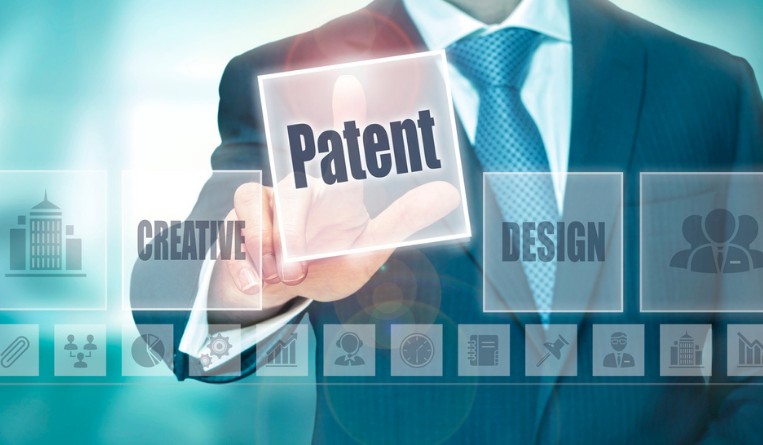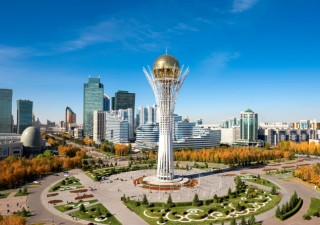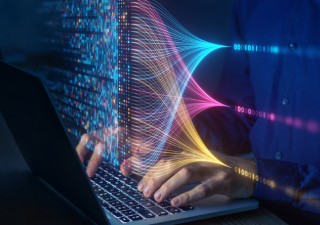THE NEW IP TRENDS IN CULTURAL AND THE ARTS
09 December 2021

IP protection is critical to sustaining a flourishing creative economy and encouraging the global art market's growth. According to the "Arts Global Market Report 2021: COVID-19 Impact and Recovery to 2030," the global arts market would expand at a compound annual growth rate of 16.6% from US$347.53 billion in 2020 to US$405.05 billion in 2021.
In the digital age, intellectual property infringement in the creative industries has always been a problem. How can IP rights protect artists while still encouraging investment in the culture and artistic industries? How can artists utilize technology to increase the value of their intellectual property? How can artists use NFT to license their intellectual property and generate revenue from their work?
Such is the case of museums.
In a Business of Asia IP Forum held last December 2 and 3, 2021, Dr Louis Ng, a director of Hong Kong Palace Museum; Dr. Johnny Hon, a Hong Kong born international businessman and Founder of the Global Group of Companies; Nick Chan, a partner at Squire Patton Boggs; and Pindar Wong, Chairman of VeriFi (Hong Kong) Ltd provided valuable insights.
“Museum, considered to be an intangible cultural asset, includes all the intellectual property rights owned by museums,” says Director of Hong Kong Palace Museum Dr Louis Ng. “Over the past year, more people have visited museums online than in real life. And the number of visits to museum design stores on Tmall, a business to consumer platform, alone has topped 1.6 billion. Of these visits, 100 million users were born after the 1990s.”
Licensing of Cultural IP
The licensing of cultural IP allows museums to elevate their brand positioning and achieve greater recognition. This happens primarily through the increasingly sophisticated ways that cultural IP itself is being executed on products.
“Simply copying and pasting an artwork onto an iPhone case is no longer an option,” says Ng. “Consumers demand unique, beautiful and carefully crafted products and this calls for greater sensitivity with how cultural IP is used.”
He adds, “We need to turn the artworks and artifacts into sophisticated stories and narratives that are far more ngaging, impactful, and attractive to brands and consumers than just using a photograph of the artwork on a product, Remember that not all collaborations with museum IPs will be popular and the best-known successful museums are the Forbidden City, Dunhuang, and Sanxingdui.”
The Use of NFTs
Non-fungible tokens are a unique unit of data that can be stored and tracked on a blockchain and bought or sold. An NFT can also form part of a Smart contract and can be programmed so that a future event automatically triggers a predetermined response.
“Therefore, subsequent resale of a work of art by generating automatic payment of a royalty to the artist is clearly an attractive prospect,” says Dr. Johnny Hon, a Hong Kong born international businessman and Founder of the Global Group of Companies. “With NFTs, much like a physical artwork, unless specifically assigned to the purchaser, a copyright will remain with the artist. The owner of the NFT simply obtains exclusive rights in relation to a limited edition of the work and a license to use the artwork in certain settings. Owning an original artwork using NFTs is as valuable as the market makes it. While NFTs do not actually create a new form of IP, arguably, they are creating a new market for IP, and value for the artists and their work.”
He adds that he believes that there’s much opportunity for creators, inventors, and the worldwide market to harness an incredible future.
Nick Chan, a partner at Squire Patton Boggs adds that there are some legal risks involved. “If you are the creator of the referenced work, you’d be taken for a ride. And in some way, you can actually override the digital contract so if you sell it on a public auction site, they might bind you to some terms of sale. Please read through that carefully. This is often about risk, reward, and allocation.”
When licensing proprietary rights generally in IP, it is worth considering whether the license should permit or restrict the licensee from producing the work as NFT.”
Chan cites an example of game developer Jason Rohrer who launched an NFT auction in March 2021, but NFTs didn’t exist at that time of original commission and so, could not have been anticipated in any contractual wording.
“The laws have to be more tech-neutral, future-proof, and at the same time and as artists, we have to come together to overcome this mindset and succeed together.”
Future-Proofing the Copyright Law
One of the goals of Hong Kong is to be the hub for arts and cultural exchanges between China and the rest of the world.
“Over the last few years, we have had an opportunity to change our copyright law,” says Pindar Wong is the Chairman of VeriFi (Hong Kong) Ltd, a discrete Internet Financial Infrastructure consultancy. “But what is missing is our development with Europe. We are behind Europe, in fact, in the creation of a clear public digital domain.”
But there is this technology called LIDAR tech that allows you to 3D cut and paste - in some sense, piracy at a huge new level.
“So how does copyright law handle such technology?” says Wong. “Our copyright law needs to be future-proof, and the copyright consultation to be held next year is a great avenue for these markets. We need to be future-proof for these cultural works which can include building-size cultures such as the Great Wall of China which has been scanned using LIDA.”
He implores that Hong Kong should create a clear digital public domain and to encourage further use of the NFTs.”
With such trends in the cultural and the arts, Hong Kong - and the rest of the world - is just ripe for what the future have in store.
Excel V. Dyquiangco






